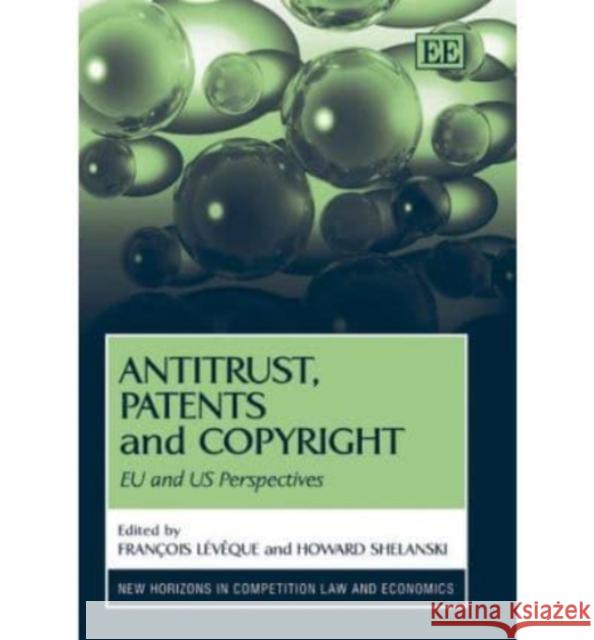Antitrust, Patents and Copyright: EU and US Perspectives » książka
Antitrust, Patents and Copyright: EU and US Perspectives
ISBN-13: 9781845426033 / Angielski / Twarda / 2005 / 256 str.
In modern markets innovation is at least as great a concern as price competition. The book discusses how antitrust policy and patent and copyright laws interact to create market dynamics that affect both competition and innovation. Antitrust and intellectual property policies for the most part are complementary, sharing common goals of promoting innovation and economic welfare. In some cases, however, their distinct approaches, one based on competition and the other on exclusion, come into conflict. As antitrust authorities focus increasingly on ensuring that firms do not interfere with innovation by rivals or impede the pace of technological progress in an industry, they necessarily must confront difficult questions about the strength and scope of intellectual property rights. When should private property rights give way to public competition objectives? When is it appropriate to remedy anticompetitive outcomes through access to protected intellectual property? How does antitrust enforcement or competition itself affect incentives to innovate? Leading economists and lawyers address these questions from both US and EU perspectives in discussing salient antitrust cases involving intellectual property rights such as Microsoft, Magill, Kodak, IMS and Intel. Offering a non-technical introduction to this major topic, this book will be of interest to those practitioners and legal and economic scholars who may only be aware of one side of the conflicting views on competition law and intellectual property law. It will also be of interest more generally to schools and universities of law in the EU and the US.











